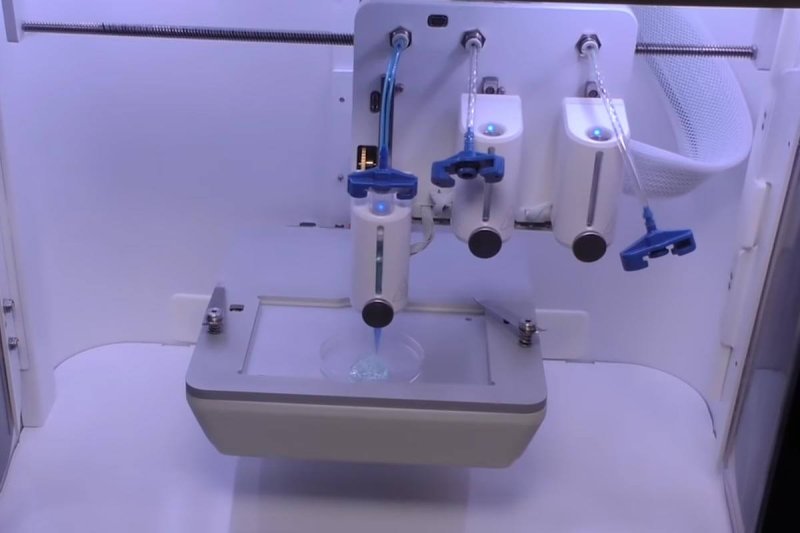Creating a durable, natural-looking skin substitute to cover burn injuries or other wounds has been a bioengineer’s holy grail for decades. Now, we may be much closer, thanks to a new technique for 3-D printing skin complete with working blood vessels.
The research, done at the Rensselaer Polytechnic Institute (RPI) and Yale University, uses living human skin cells turned into a liquid “bio ink.” The bio ink is used to print artificial skin, which then grows its own blood vessel system.
…
Currently, patients in need of skin grafts have two options. First, there are autologous skin grafts, where doctors shave off a piece of healthy skin to cover the damaged area. Second are artificial skin products made from materials ranging from bovine collagen to polymer foam. Both have disadvantages. Autologous skin grafts are painful and create a new wound. Artificial skin products have a range of limitations—they’re often temporary, don’t cover deep wounds or don’t resemble human skin.
…
The team implanted the grafts on mice and found that the blood vessels connected with the mice’s own vascular networks within four weeks. That meant blood was flowing between the mouse and the skin graft.
Read full, original post: Scientists 3-D Print Skin That Develops Working Blood Vessels































